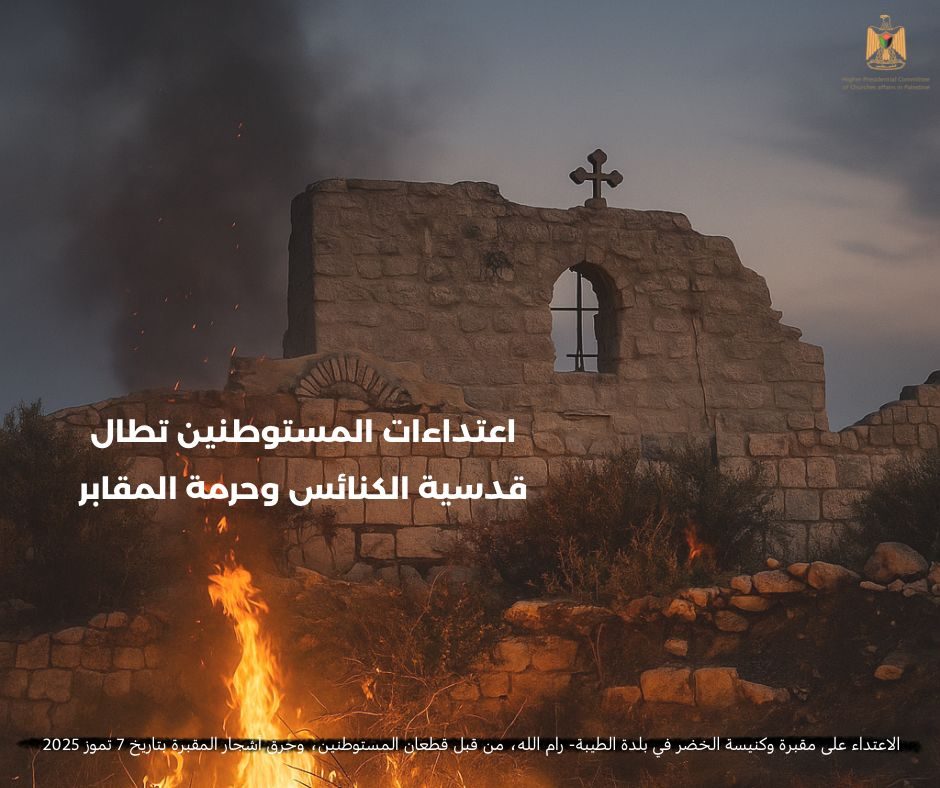“Via dolorosa” or “The Way of the Cross” refers to the path that Jesus Christ, walked from the moment of his arrest in the Garden of Gethsemane, through his trial and torture, to his crucifixion and death on the cross, as recounted in the Bible. Following his arrest, he was taken by the elders of the Jews to a prison, now known as the Church of the Holy Sepulchre, near the St. Stephen’s Gate in the Islamic quarter within the walls of the Holy City. According to the Bible, Jesus Christ was judged in two phases: first by the Sanhedrin (the supreme judicial body responsible for political, criminal, and religious matters among the Jews), where he was sentenced to death by stoning on charges of blasphemy, which was not carried out as only the Roman authorities were authorized to enforce judgments at the time. The second trial was held by the Roman governor Pontius Pilate, the governor of the region of Judea, who first ordered Jesus to be whipped and then sent him to Herod Antipas, the governor of Galilee, who in turn returned him to Pilate as he found no grounds to prosecute him. It was then that Jesus was sentenced to be crucified, due to pressure from the people and the elders of the Jews, accusing Jesus of incitement, sedition, and opposition to Caesar. Therefore, Jesus was sentenced to be crucified on the day of the Jewish Passover.
The “Via Dolorosa” is the path taken by Jesus Christ from the court to Golgotha. The path begins approximately at the Gate of the Tribes, where Jesus was presented before the Sanhedrin and Pontius Pilate, and ends in the Old City of Jerusalem, near the area of the Church of the Resurrection.
The reason for the name: The path is named after the pain that Christ endured along the way, including torture, beating, scourging, and crucifixion. Jesus carried his cross from the Praetorium for about a kilometer. According to Christian researchers, the cross was composed of a vertical beam measuring four meters and eighty centimeters in height, and a crossbeam ranging from 2.3 to 2.6 meters in length. The size of the cross was approximately 178,000 cubic centimeters, and it weighed about 30 kilograms. This was when Jesus Christ was 33 years old.
Stages of the Via Dolorosa:
The Via Dolorosa consists of fourteen stages, the first nine of which are outside the Church of the Resurrection, and the rest are inside.
Stage One:
Pilate took Jesus and had him scourged, and the Roman soldiers placed a crown of thorns on his head, dressed him in purple robe, and mocked him, saying, “Hail, King of the Jews.”
Stage Two:
Pilate went out to the people and said to them, “Behold, I am bringing him out to you so that you may know that I find no guilt in him.” And Jesus came out wearing the crown of thorns and the purple robe. Pilate said to them, “Behold the man!”
Stage Three:
At this stage, Jesus falls under the weight of the cross for the first time.
Stage Four:
Meeting of Jesus with his mother Mary.
Stage Five:
At this stage, Jesus felt the weight of the cross and almost fell to the ground. So the soldiers ordered a man named Simon of Cyrene to carry the cross behind Jesus.
Stage Six:
A woman named Veronica wiped the face of Jesus with a cloth and his image was imprinted on it.
Stage Seven:
At this stage, Jesus left the city of Jerusalem and fell unconscious for the second time.
Stage Eight:
Jesus addressed the weeping daughters of Jerusalem, turning to them and saying, “Daughters of Jerusalem, do not weep for me, but weep for yourselves and for your children.”
Stage Nine:
Jesus falls under the weight of the cross for the third time due to exhaustion.
Stage Ten:
The first of the stages inside the Church of the Resurrection, involving the stripping of Jesus.
Stage Eleven:
Jesus is nailed to the cross.
Stage Twelve:
The death of Jesus Christ on the cross.
Stage Thirteen:
The stage of removing the body of Jesus Christ from the cross.
Stage Fourteen (the last):
The burial of Jesus Christ.








